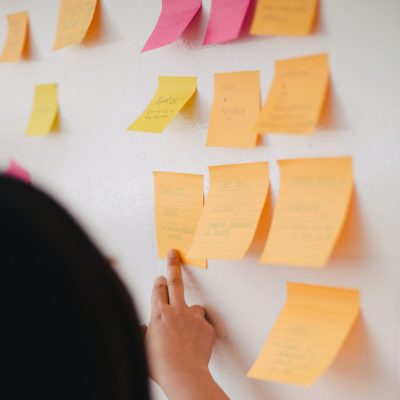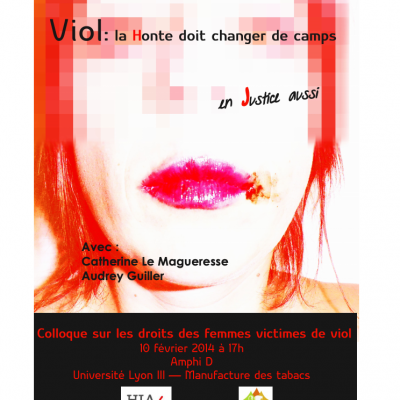Article
According to Sydney Perlotto, “millions of people around the world require fertility care to build their families and experience the joy of parenting.” Yet, the “reproductive justice right to have a child” is not universally recognized, and modern discourse primarily focuses on individualized, clinical solutions to infertility, Sydney explained. In medicine, policy, and society, harmful biases about gender, parenthood, and family – combined with past and ongoing reproductive oppression – create widespread inequalities in access to fertility care.
Recognizing this gap, Sydney developed an Action Project that seeks to shift the global community from an infertility to a fertility mindset: one that reimagines what’s possible in the present to support all people to fulfill their desire for family building. Her multi-step approach worked across research, policy, and practice spaces to break through existing limitations and stigma surrounding the interconnectedness of people’s family building journeys, while also highlighting place-based power dynamics inequitably shaping fertility care access, uptake, and trust at scale.
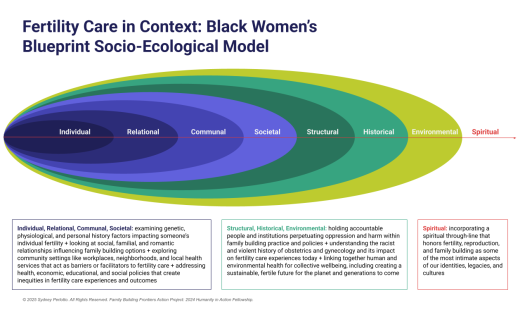
Her inspiration came from close conversations with friends navigating complex fertility journeys: stories involving egg freezing, IVF, and genetic testing. “Hearing their stories… really struck me emotionally given the immense financial, physical, and psychological tolls they faced when seeking care,” Sydney shared. These personal reflections were reinforced by her professional experience with the Connecticut Reproductive Rights Caucus, where she saw firsthand how outdated laws and systemic biases disproportionately affect certain communities. This convergence of personal and policy-level insight convinced her of “public health’s vital role in advancing systems-level transformation for fertility care, shifting it from an inaccessible privilege to a realized right.”
Project Development
Sydney designed Family Building Frontiers to bridge the gap between research, advocacy, and lived experience. She began by conducting a thorough analysis of the structural drivers behind inequities in fertility care, work she later presented at the 2024 American Public Health Association Conference. She followed this with a series of lectures and training sessions aimed at empowering students with tools to advocate for justice-driven reproductive health policy.
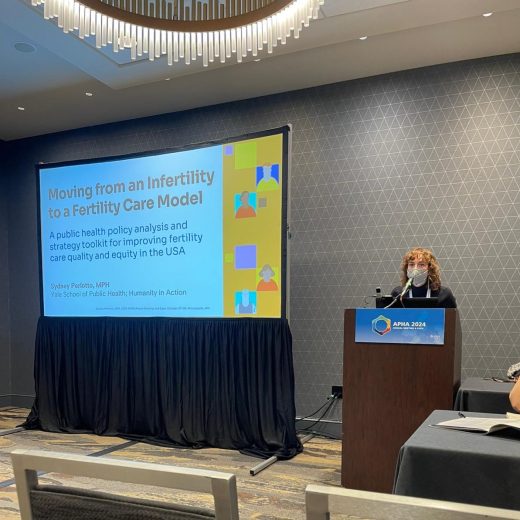
Her process was iterative and participatory, weaving together academic research, stories from communities, and grassroots advocacy. These efforts culminated in the creation of the Family Building Frontiers StoryMap, an interactive digital platform that curates stories, policy data, and ongoing community insights related to fertility care.
“By creating a space that converges academic research, policy advocacy, and lived experiences,” Sydney explained, “I hope to challenge dominant narratives around fertility care, family building, and reproduction while simultaneously building solidarity across diverse identities and experiences from around the world.”
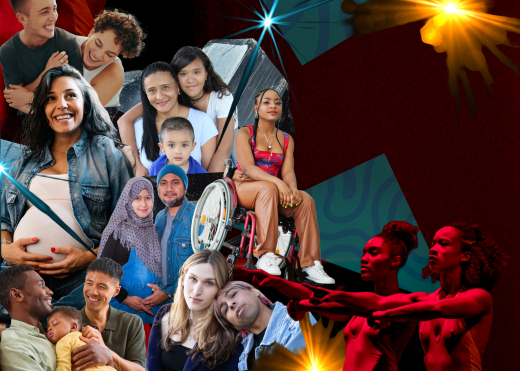
Implementing the Action Project
While Family Building Frontiers initially felt disconnected from her Sarajevo Fellowship experience, Sydney soon discovered deep thematic overlaps. “As I progressed in my Action Project, I realized how deeply the Sarajevo Fellowship’s emphasis on post-war trauma and collective memory was influencing my perspective on fertility care,” she recalls. Her time in Bosnia and Herzegovina, particularly engaging with artistic and emotional expressions of trauma at institutions like the War Childhood Museum, inspired her to include digital collage in her project as a way of exploring the emotional and collective dimensions of family building.
Be flexible and engage widely…
She also embraced a spirit of openness and collaboration. “I regularly initiated conversations about my project with an array of different people, be they academic researchers, taxi drivers, state policymakers, friends and family, or strangers online.” These interactions often sparked unexpected connections, including an invitation to join a Reproductive Justice Research and Design ideation group, an experience that “gave me a new lens on my project and inspired me to further explore career paths focused on the intersection of design, health, and technology.”
Her biggest piece of advice for others? Be flexible and engage widely. “Be open to unexpected directions or collaborations… reach out to those who may view your vision differently.”
Next Steps
Sydney envisions the platform as a living, evolving archive.
The Family Building Frontiers platform is built for growth. Through its “add to the archive” feature, individuals are encouraged to anonymously submit fertility care experiences or insights. Contributions are welcome in any language and are protected by confidentiality safeguards.
Sydney envisions the platform as a living, evolving archive that will continue to gather stories and resources from around the world, helping to inform research, inspire advocacy, and build solidarity. She also remains open to collaborative opportunities for expanding the project’s reach through guest lectures, workshops, and cross-sector partnerships.
“By supporting community-generated contributions to the global archive of fertility care stories, current events, and public policies,” Sydney says, Family Building Frontiers will continue to challenge inequities and reimagine what’s possible for inclusive, rights-based fertility care worldwide.
Updated July 2025


